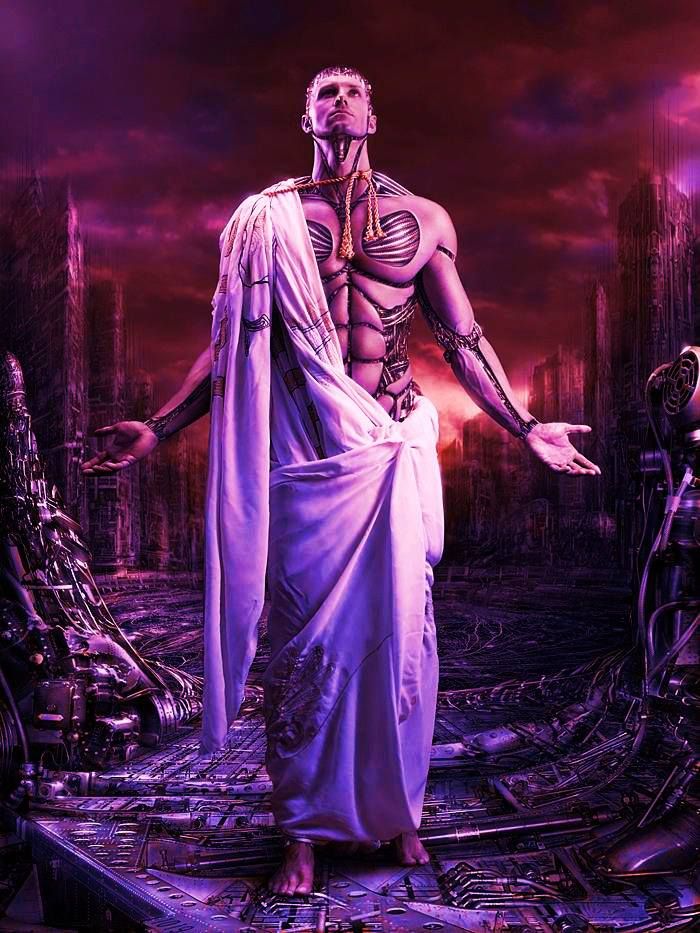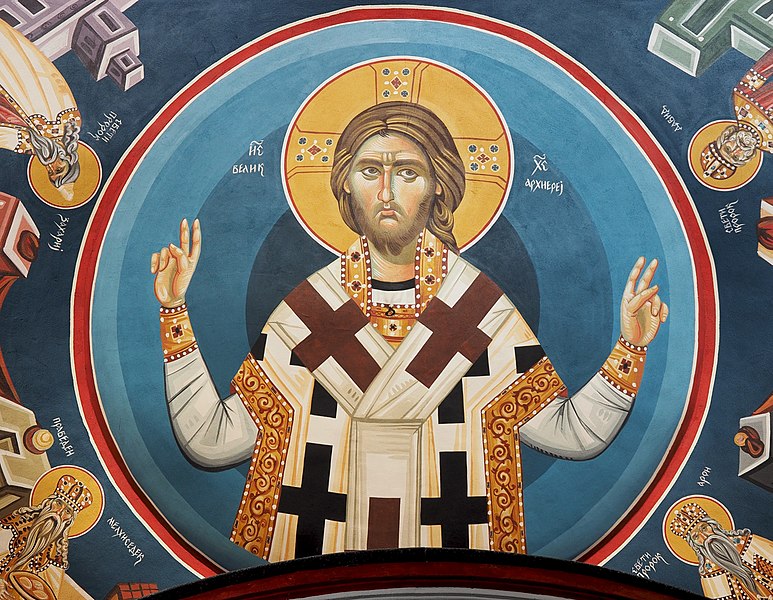This is #2 in our cyborg mythologies series, where we explore the cyborg as a historical being intertwined within mythologism, ancient religion and sacred iconology. A way to envision the technologies of the present through the imaginations of the past.
The year is 1st century AD. Jesus Christ, the son of God, is born and living amidst the estimated 300 million humans that existed on planet Earth at the time. Imagine the greenery, the pristine landscapes, the simple farm lives and the small communities. But, the people who witnessed Christ’s miracles might have been a lot more sophisticated and advanced than one would assume.
The 1st century Judeans were far more technologically advanced than we’d imagine. Archaeologists have discovered early versions of many modern technologies that we find today as dated back to this ancient time period. From aqueducts to information technology, a lot of what we use in the present existed as tangible prototypes back in the day. With the establishment of scriptures, libraries to tablets we were able to document the histories that are now accessible to us at the click of a button. The earliest version of a battery, and even the first computer were all inventions that belonged to the days of the Christ. By interacting with these technologies, improving on them, and depending on them, we are all already cyborgs; we have been, for as long as we’ve lived.

But, Jesus Christ was a simple man. Surely he had nothing to do with the great inventions of his time. Did that mean that he did not use technology at all? As someone used to the modern idea of technology, we’d assume not. Living in the digital age of the internet, AI and smartphones, we often take for granted all the simple technology around us that we absolutely cannot do without; Jesus couldn’t do without it either. Clothes, sandals, tools for carpentry, these are technologies taken for granted but, used by Jesus Christ, even depicted to be in use in visual renditions of the Bible. To stretch this further, he paid tax by prying a silver coin from a fish’s mouth, an example of a modern economic system, as the coin becomes a product of technology via its production.
He paid tax by prying a silver coin from a fish’s mouth, an example of a modern economic system, as the coin becomes a product of technology via its production.
This technological interaction followed Jesus till his death on a cross, a contraption that could not have been possible if not for the tools and techniques used to create it, it could be said that Jesus lived and died surrounded and aided by science and technology.
Jesus lived and died surrounded and aided by science and technology.
To think along the lines that we all are already cyborgs by virtue of the dependence and interaction with these technologies, Jesus — who is said to have walked the Earth in the bodily form of a man — was also a cyborg. And he will continue to be a cyborg for as long as he’s present in our religious scriptures.
It forces us to redefine our current, conservative ideas of technology and religion. As technology evolves with us, so should religion. In his second coming, our cyborg mythologies could indicate that Jesus would reincarnate as Robocop, or the Six Million Dollar Man; or perhaps Jesus has already returned and is omnipresent in the form of data. Who’s to say the Gods can’t keep up with technology?

Share your thoughts and join the technology debate!
Be the first to comment